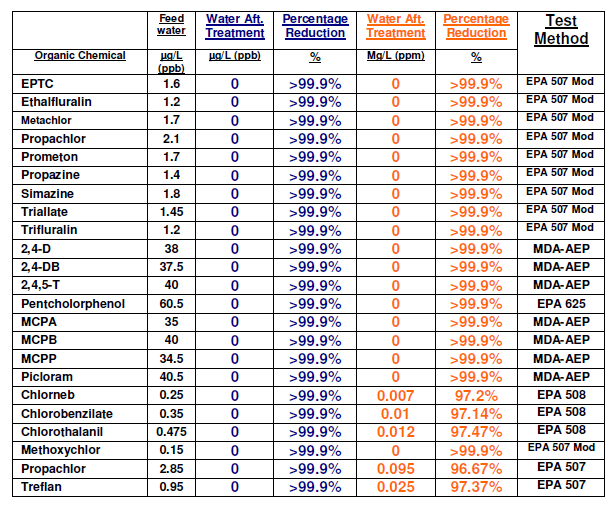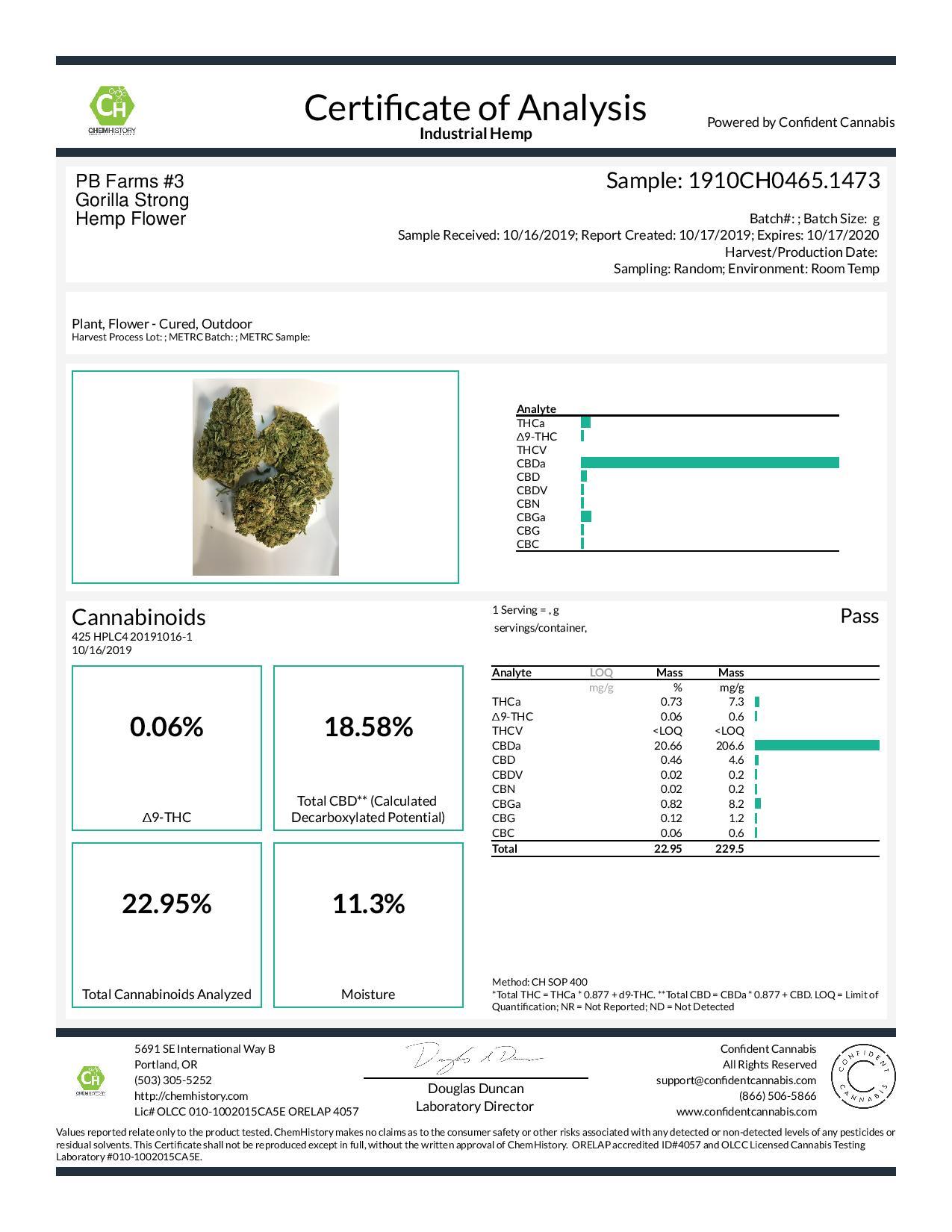On this page

/https://static.texastribune.org/media/files/00a069042e31ff5dfa4627bad1408dc3/Coronavirus Lab Study UT EG TT 09.jpg)


Results Reporting: Results are available within 48-72 business hours from specimen collection (24-48 business hours after receipt at the laboratory) and reported by text message. Positive Results: In the event of a positive test result, you will receive a call with instructions for follow-up care. Providing free access to patient lab results and appointment booking my results™ is a free, secure service brought to you by LifeLabs. It allows users to book appointments and check-in online to help reduce wait times. For residents in Ontario, it also allows access to their test results online.
Learn More

- Interim Guidance Advisory: Pursuant to Session Law 2020-4 Section 4.10. (a), the Department of Health and Human Services will be requiring each person in charge of a laboratory providing diagnostic service in this State and any other health care provider licensed in this State that provides diagnostic service to report the results of all COVID-19 testing to the Department of Health and Human Services.
- Some can be done right in the office or a nearby lab, so you may have the results that day or the next. Other tests may take days or weeks, especially if they have to be sent to a specific kind of.
Research
For You
Laboratory tests check a sample of your blood, urine, or body tissues. A technician or your doctor analyzes the test samples to see if your results fall within the normal range. The tests use a range because what is normal differs from person to person. Many factors affect test results. These include
- Your sex, age and race
- What you eat and drink
- Medicines you take
- How well you followed pre-test instructions
Your doctor may also compare your results to results from previous tests. Laboratory tests are often part of a routine checkup to look for changes in your health. They also help doctors diagnose medical conditions, plan or evaluate treatments, and monitor diseases.
- How to Understand Your Lab Results (National Library of Medicine) Also in Spanish
- Lab Test Information (National Library of Medicine) Also in Spanish
- Laboratory Tests (Food and Drug Administration)
- Understanding Laboratory Tests (National Cancer Institute) Also in Spanish

- Collecting Samples for Testing (American Association for Clinical Chemistry)
- Coping with Test Pain, Discomfort, and Anxiety (American Association for Clinical Chemistry)
- Differential Diagnosis (National Library of Medicine) Also in Spanish
- Fasting for a Blood Test (National Library of Medicine) Also in Spanish
- Home Use Tests (Food and Drug Administration)
- How Reliable Is Laboratory Testing? (American Association for Clinical Chemistry)
- How to Read Your Pathology Report (College of American Pathologists)
- How You Can Get the Best Results with Home Use Tests (Food and Drug Administration)
- Putting New Laboratory Tests Into Practice (American Association for Clinical Chemistry)
- Reference Ranges & What They Mean (American Association for Clinical Chemistry)
- Stool Tests (Nemours Foundation) Also in Spanish
- Tips on Blood Testing (American Association for Clinical Chemistry)
- Venous Sampling (American College of Radiology, Radiological Society of North America) Also in Spanish
- Where Lab Tests Are Performed (American Association for Clinical Chemistry)
- Getting a Urine Test (For Kids) (Nemours Foundation) Also in Spanish
- Reading Your Pathology Report (College of American Pathologists)
Journal Articles References and abstracts from MEDLINE/PubMed (National Library of Medicine)
- Article: Maternal lipid profile and risk of pre-eclampsia in African pregnant women:...
- Article: Current Status of Diagnostic Testing for SARS-CoV-2 Infection and Future Developments:...
- Article: The application of DNA polymerases and Cas9 as representative of DNA-modifying...
- Laboratory Tests -- see more articles
/https://static.texastribune.org/media/files/00a069042e31ff5dfa4627bad1408dc3/Coronavirus Lab Study UT EG TT 09.jpg)
- Glossary (Food and Drug Administration)
- Index of Glossary Terms (American Association for Clinical Chemistry)
- Accredited Laboratory and Biorepository Directory (College of American Pathologists)
- Basic Blood Tests (For Parents) (Nemours Foundation)
- Biobanks (For Parents) (Nemours Foundation)
- Blood Culture (For Parents) (Nemours Foundation)
Knowing your results helps you and your doctor understand what’s best for your health. Results are usually ready in 7-10 days.
You can now view MyQuest™ results in the Apple Health app.* This allows you to easily and securely view your lab results in the same place as your other important health data.
See steps on how to add Quest Diagnostics to your health records.
Two ways to get your lab results

Directly through MyQuest™
|
From your doctor's office |

After you have your results
In either case, it's important to discuss your results with your doctor. Together, you two can decide what’s best for your health.
Results Labware
Next steps
Download the App now
We do not charge a fee to use this app. However, your carrier’s data and usage charges apply.
For Apple® iPhone, iPod Touch, iPad, Android™
Results Lab
*Available on iPhones running IOS 11.3 or later.